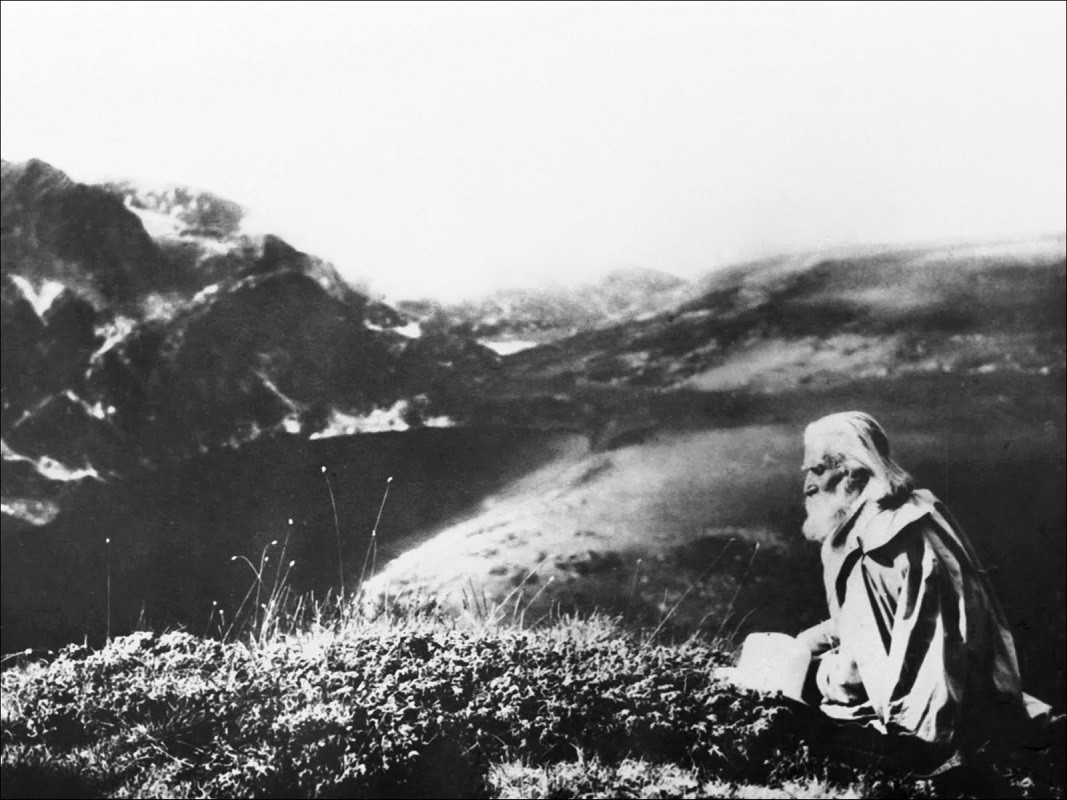
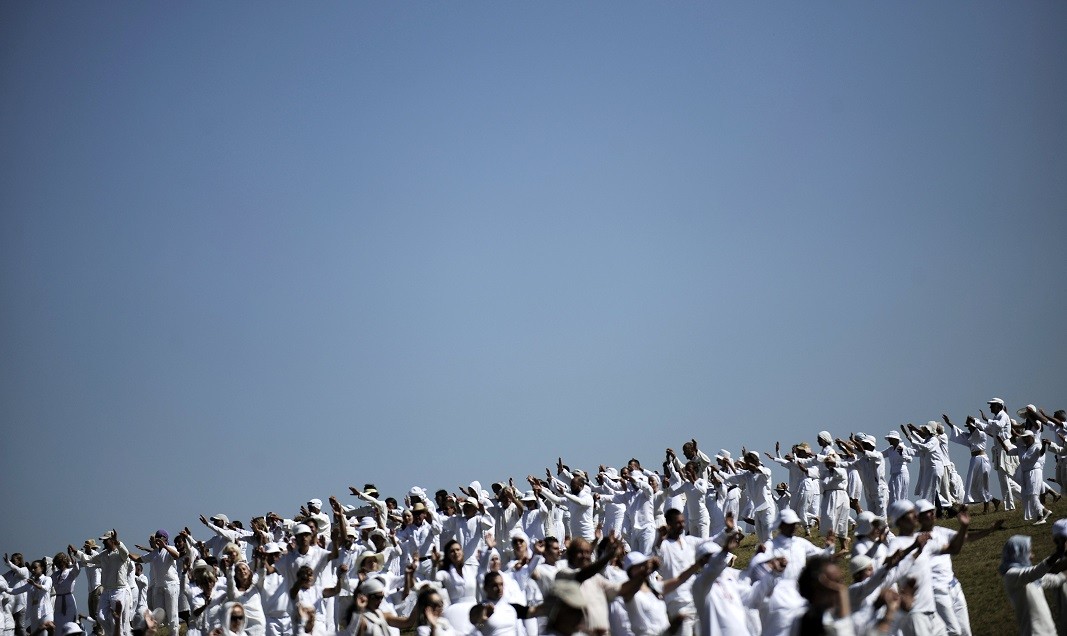
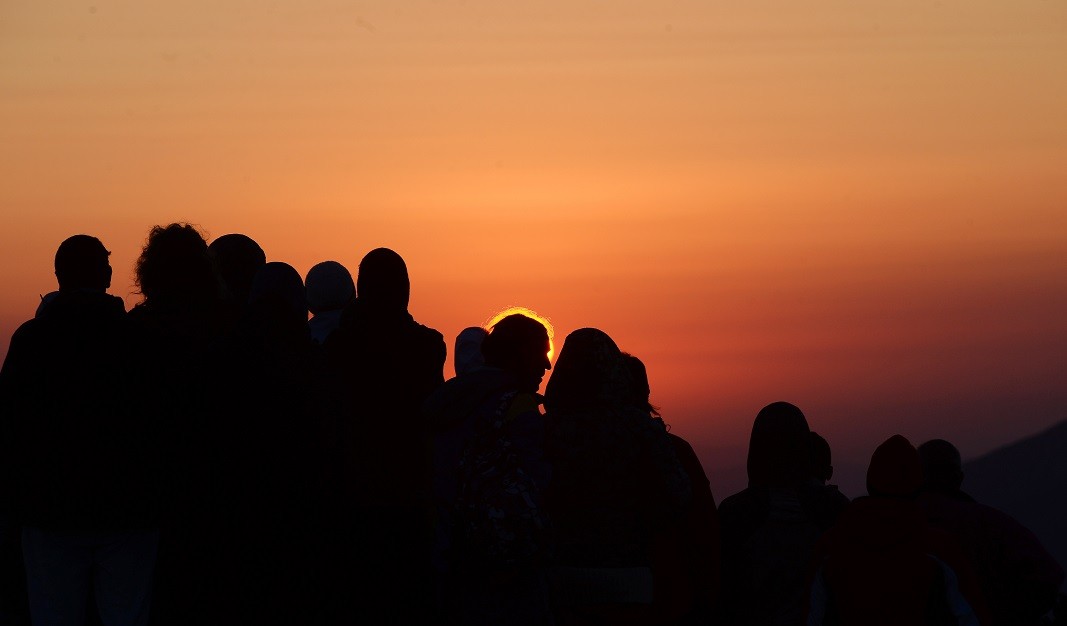
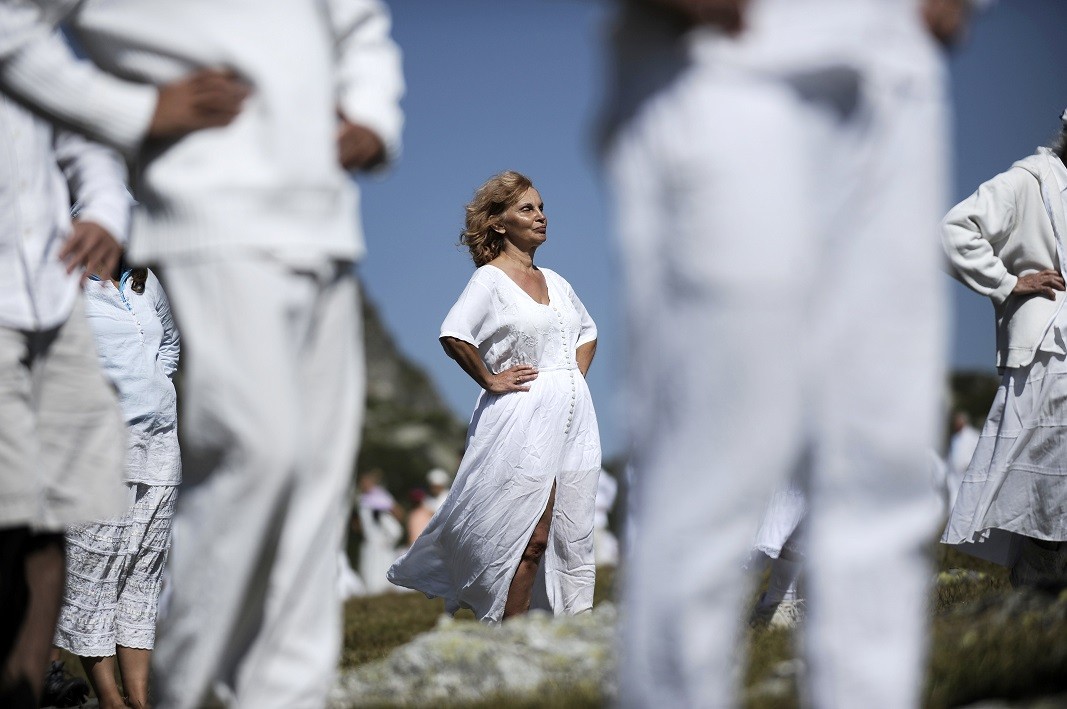

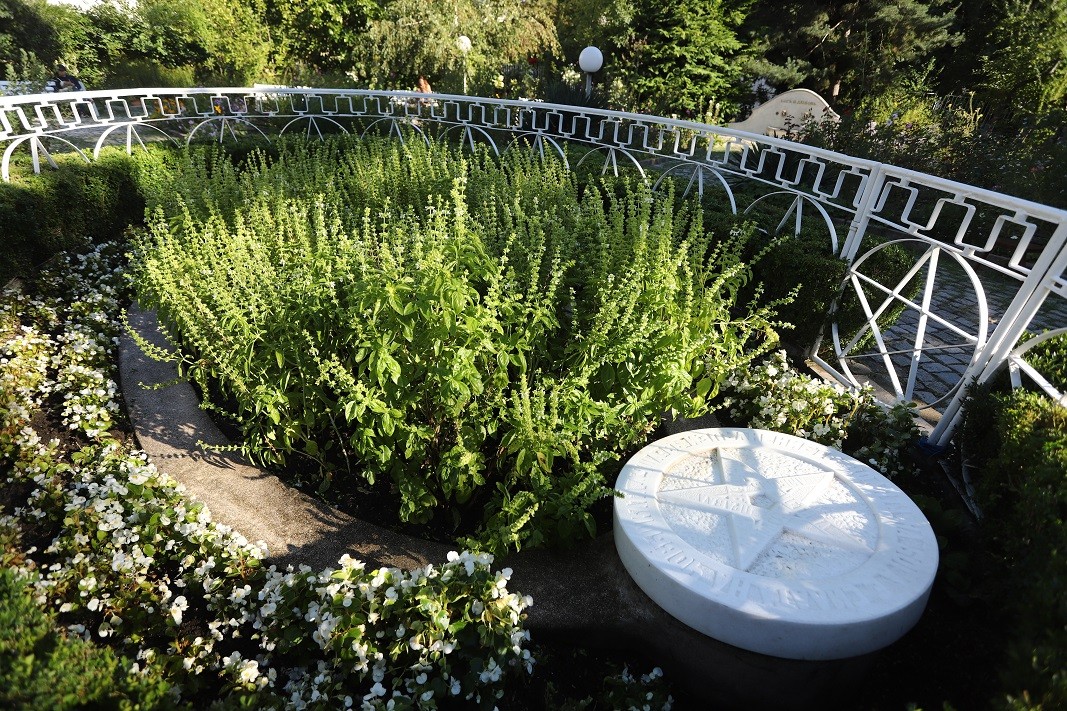
It has taken the Ministry of Culture almost a year and a half to declare the St. Nicholas church in Veliko Tarnovo, built by Kolyo Ficheto, a monument of national significance, BNR’s correspondent in Veliko Tarnovo Zdravka Maslyankova reports...
An exhibition marking the 20th anniversary of Bulgaria's NATO membership will open on 28 March at the National Museum of Military History in Sofia. The exhibition is entitled "The Bulgarian Army - 20 years of being part of NATO" and includes original..
26 March is Thrace Day – the date was included in the official Bulgarian calendar in 2006, but has been celebrated long before that. On this day in 1913 the Bulgarian army conquered the Edirne fortress, until then deemed “impregnable”. The defeat..
The exhibition "Catholics in Bulgaria XVII-XXI Century" is opening today at the National Library "Saints Cyril and Methodius". The exhibition..
The last and most destructive bombing of Sofia during World War II took place on April 17, 80 years ago. In 1944, on April 17 at..

+359 2 9336 661
